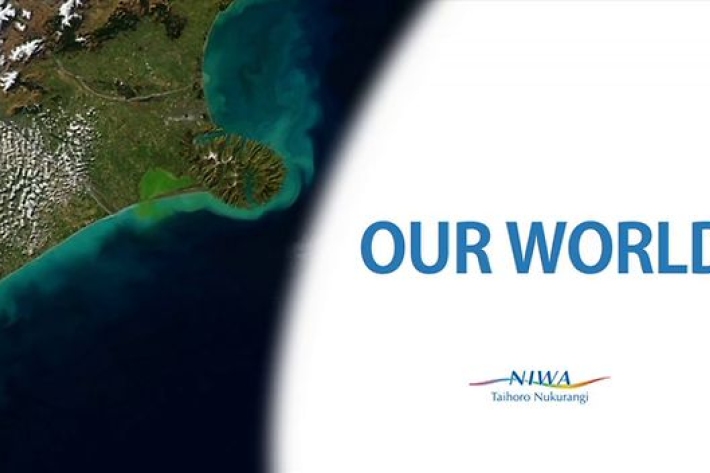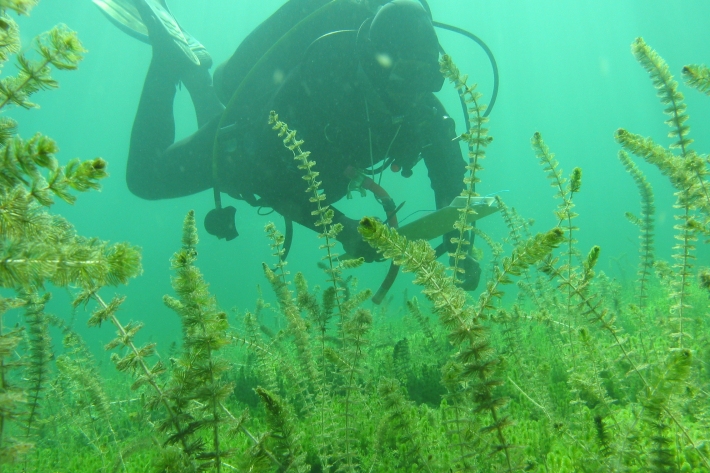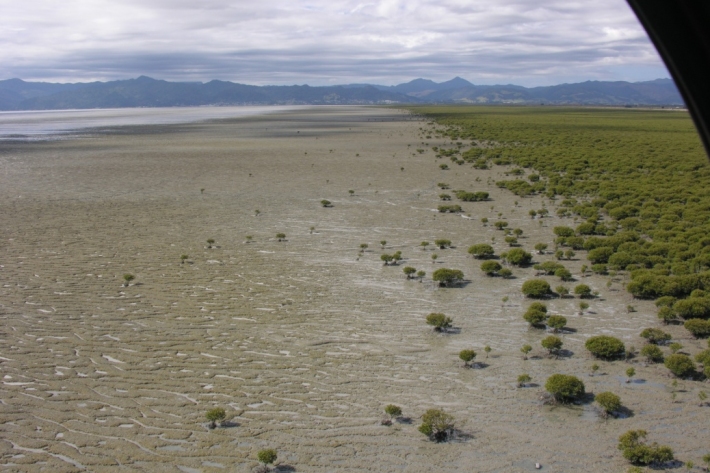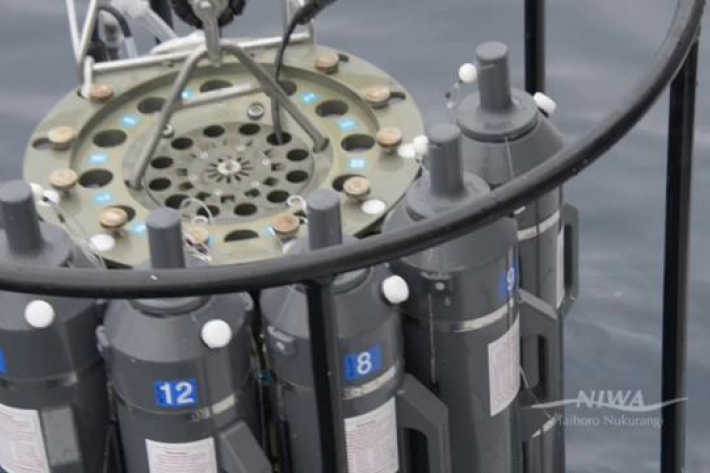-

Summer Series 1: Ready to rumble - the anatomy of a summer thunderstorm
News article03 January 2013 -

Summer Series 2013
This is a special series of stories put out to the media in the 2012/2013 summer. -

Our World
Compiled by NIWA from the United Nations report "Keeping Track of Our Changing Environment: From Rio to Rio+20 (1992-2012)". -

LakeSPI method summary
A summary of the LakeSPI method. -

Reporting guidelines
LakeSPI delivers information that is directly applicable to lake-ecosystem conservation and management. -

Uses of LakeSPI
LakeSPI can be used in many ways depending on what the interests or management needs are for a lake. -

How LakeSPI works
LakeSPI (Lake Submerged Plant Indicators) is based on the principle that New Zealand lakes can be characterised by the composition of native and invasive plants growing in them, and the depths to which these plants grow. -

Sediments and mangroves
Research ProjectMangrove forests, which are important parts of estuarine ecosystems in a number of ways, are sensitive to changing sea level. -

New Zealand Coastal Society Annual Conference: ‘Making Waves, 20 years and beyond’
News article14 November 2012


